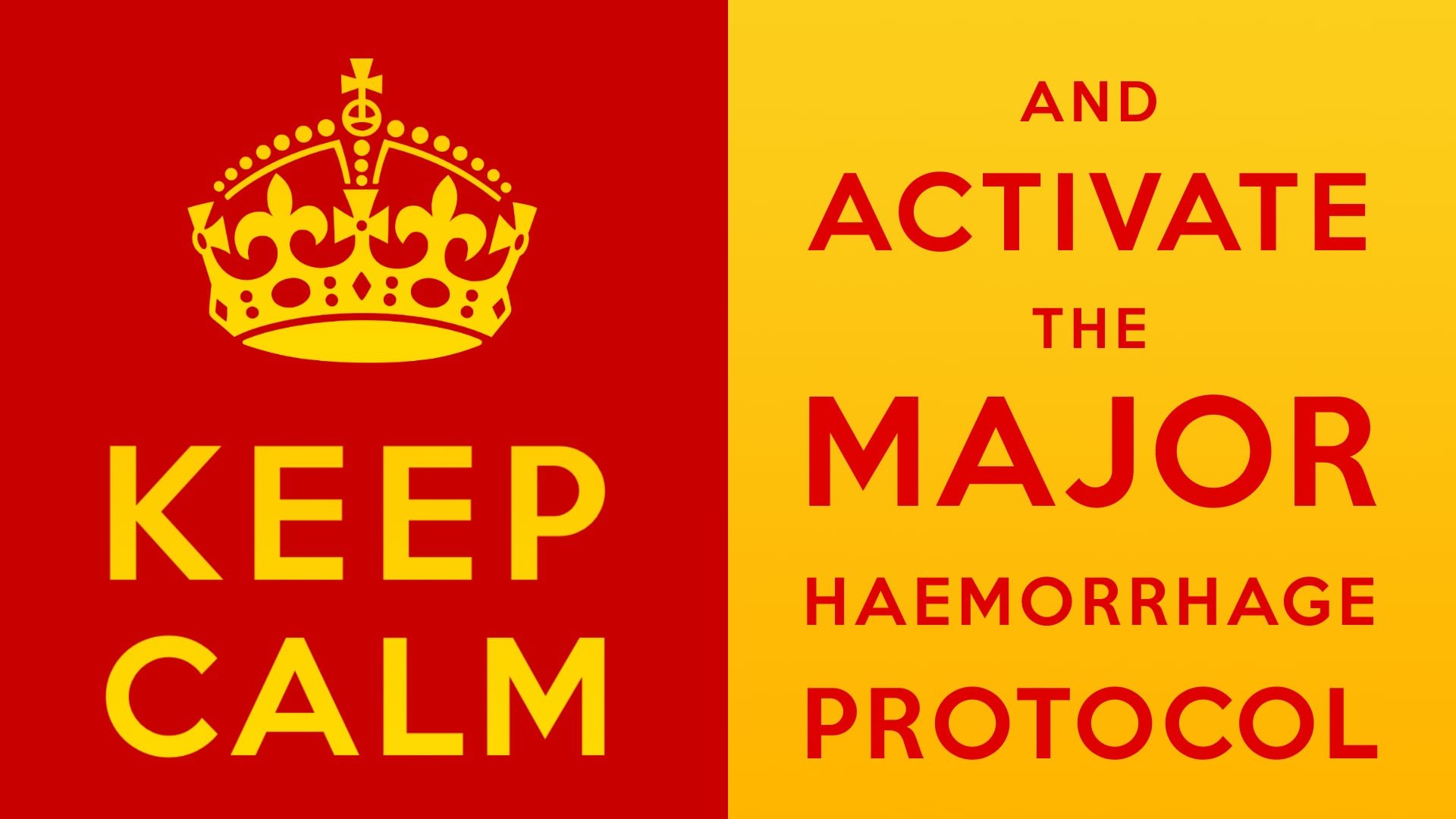PEST Case 4: We're going to need a bigger boat!
“A 17-year-old female presents with abdominal pain, unaware that she is pregnant. She unexpectedly goes into labour, delivering abruptly in the emergency department. She has had no prenatal care and the gestation is unknown.”
Clinical findings (Baby):
Estimated weight 2kg
A: Gasping
B: Irregular breaths and SpO2 65% at 1min, increases incrementally with O2 from C-circuit
C: HR 100 (1 min)
D: Floppy initially, cries at 2 mins; Pupils – not measured routinely in the newborn
E: 36°C
Observations (baby)
SpO2 65% (2 mins)
RR (irregular gasps)
HR 100 (at 1 min)
BP (not recorded)
CRT 2-3 sec
Diagnosis
Preterm delivery in the Emergency Department
Why we simulated
On rare occasions, we receive an adolescent patient who unexpectedly delivers in the emergency department. This poses the challenge of managing two patients (mother and baby), each with special requirements and posing unique challenges.
Learning points
1) Delegating team members and calling for help
In our scenario, the mum delivered quickly and unexpectedly in the paediatric emergency department, without obstetric or paediatric team presence. Emergency calls were put out to paediatrics and obstetrics. Our most experienced paediatric trained doctor delivered the baby. On inspection, the baby was quiet and looked preterm (estimated weight approx 2kg) so a decision was made to cut the cord to allow immediate resuscitation. The baby was placed on a separate bed close to mum. An adult trained EM doctor and one of our experienced nurses stayed at mums side communicating with her throughout.
2) Neonatal Resuscitation
The resuscitation of the neonate at birth is different from all other infants/children as it involves a period of assisted transition from intra- to extrauterine life.
⏱ Start the clock!
After birth, acceptable oxygen saturations for the newborn change each minute. Thus, as soon as the baby is born, a timer should be started to guide resuscitative measures. This would be second nature to any neonatal SHO manning a resuscitaire in a delivery suite but such equipment or staff will not be present in the ED. Start the clock and begin your assessment.
♨️ Keep the baby warm
With no resusitaire present, the baby was placed on warm, dry towels, a warming mattress with a hat fitted on his head. The baby was gently stimulated by tapping its feet.
💨 Breathing
21% O2 via the smallest mask and c-circuit is applied. After 1 minute the baby takes a gasp with some irregular cries following. The probe for SpO2 monitor was placed on the RIGHT wrist to measure pre-ductal SpO2 (this is most likely to reflect O2 returning to the left atrium which is being distributed to the coronary arteries and perfusing the brain). At 2 mins, the SpO2 is 65% (acceptable range).
Table 1: Normal pre-ductal SpO2 after birth
❤️ Heart rate
At 1 min, the heart rate is >100/min (cord pulse), in the acceptable range. This is the most important prognostic physiological parameter in newborn resuscitation.
Initial assessment outcomes
The baby displays vigorous breathing, good central tone and HR is still >100/min at 5 mins. As the baby seems to have physiologically adapted to postnatal life meaning further resuscitative efforts at the bedside are not required. Plans are made for the baby to be admitted to the paediatric ward. In the meantime, the baby is given back to Mum to be nursed skin to skin!
Staff feedback
“I learned about how to divide the help between mum and baby. Also calling for more help sooner and assigning roles.”
“There is not a resuscitaire in the paediatric ED. There is a neonatal stack that can be used. Importance of considering the mother as a patient as well and not just focussing on the newborn.”
“Thank you to the organisers, a very supportive team.”























